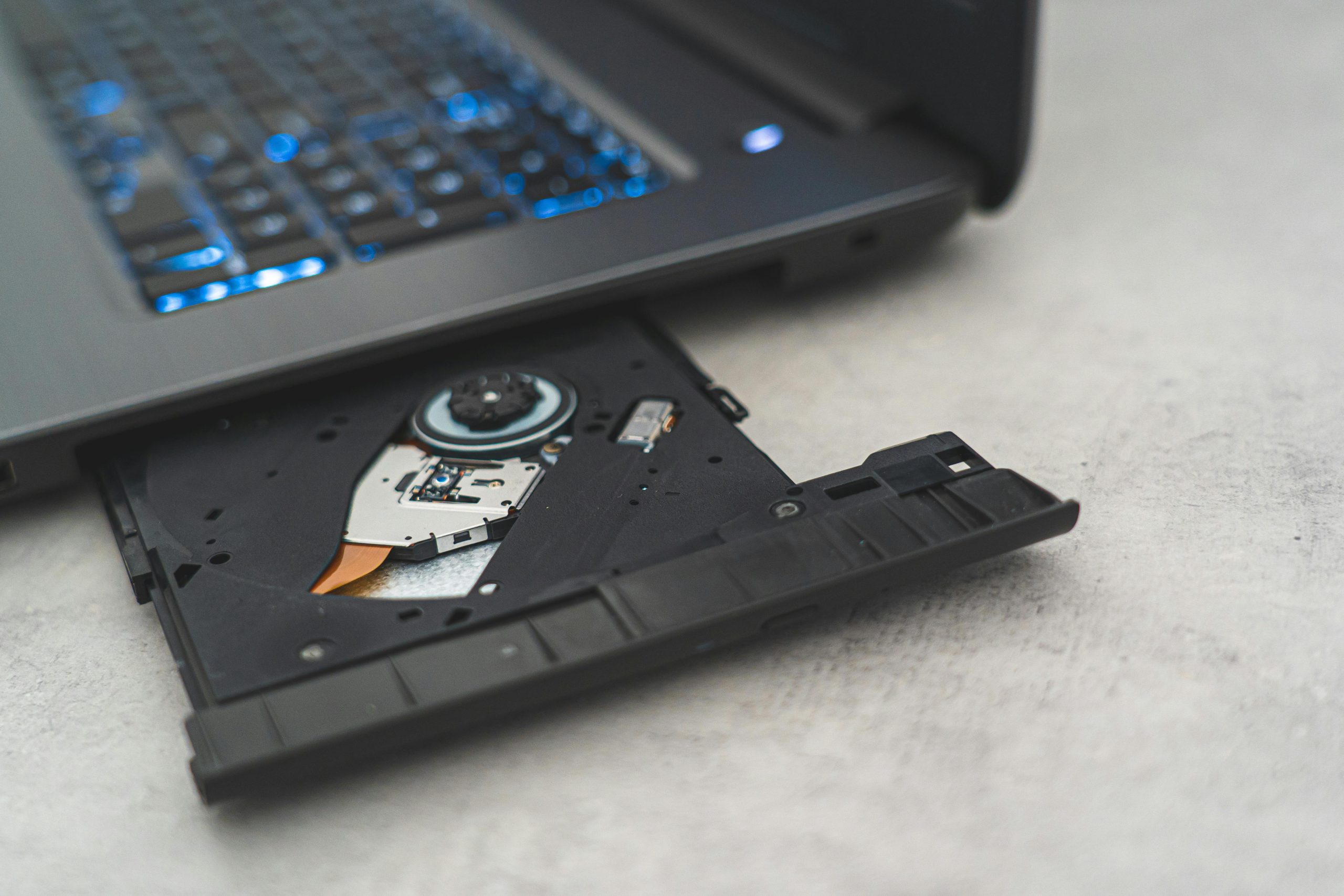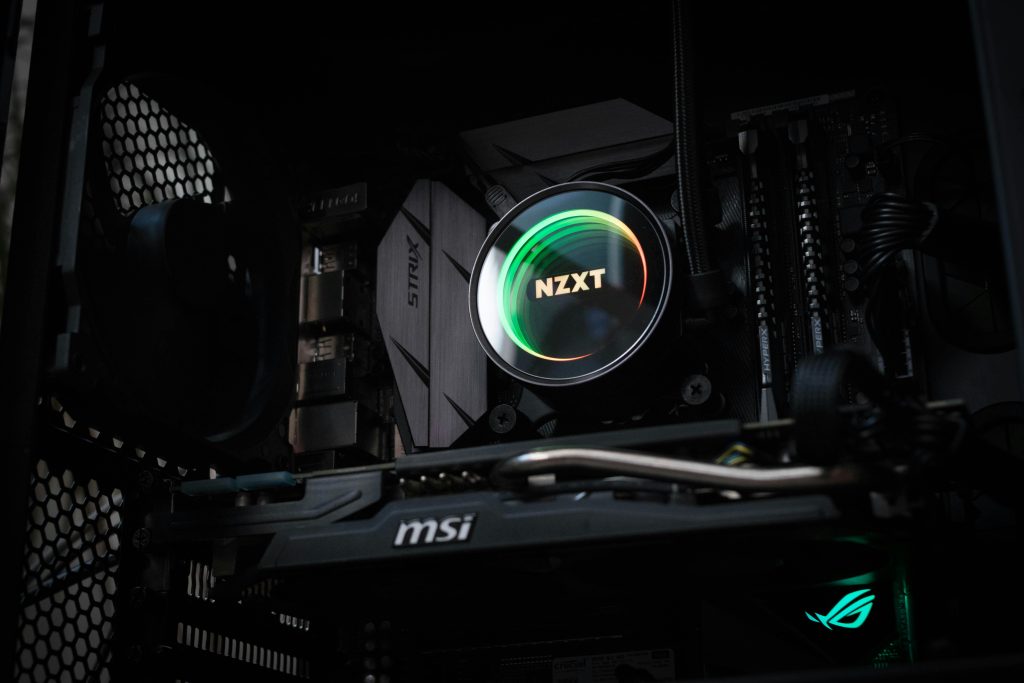Optimizing Display Connectivity: Is Switching from HDMI to DVI to DisplayPort the Right Solution?
In today’s tech environment, seamless connectivity between devices is crucial for an efficient workspace. Many users encounter persistent issues when connecting their laptops to external monitors, especially when dealing with older or mixed cable options. A common scenario involves using an HDMI to DVI connection, which can sometimes lead to problematic behavior such as frequent signal loss or display flickering.
Case Study: Troubleshooting HDMI to DVI Connectivity
Consider a user with a nearly 2017 laptop featuring an NVIDIA GeForce GTX 1060 graphics card. The user connects this laptop to a 24-inch Dell monitor using an HDMI-to-DVI cable, primarily because the monitor lacks a native HDMI port. Over time, the user notices that the monitor intermittently enters power-saving mode, displaying a “no signal detected” message, despite functioning normally otherwise. Although this issue has been persistent, it has recently become more severe.
Potential Causes and Considerations
Several factors could contribute to such display problems:
- Cable Quality or Damage: Faulty or low-quality cables can cause intermittent signals.
- Port Aging or Damage: The HDMI port on the laptop or the DVI port on the monitor might be compromised.
- Compatibility and Signal Conversion: Differences in the specifications and standards of HDMI and DVI can affect signal stability, especially when conversion is involved.
- Version Mismatch: Variations in HDMI standards (e.g., HDMI 1.4 vs. HDMI 2.0) may also impact connectivity.
Exploring Alternative Connection Options
Given these challenges, it’s prudent to consider alternative methods to establish a more stable connection. Both the laptop and the monitor are equipped with DisplayPort, which offers several advantages:
- Higher Bandwidth and Better Compatibility: DisplayPort typically supports higher resolutions and refresh rates.
- Simpler and More Reliable Signaling: Native DisplayPort connections tend to be more stable compared to conversions involving HDMI and DVI.
- Ease of Connection: Using a direct DisplayPort cable eliminates potential issues stemming from cable adapters and conversion directions.
Practical Recommendations
Before investing in new cables, test the current setup with a different HDMI-to-DVI cable, if available. If issues persist, purchasing a DisplayPort cable for a direct connection is a logical next step. Make sure to verify the specifications of your devices to select the appropriate DisplayPort version (e.g., DisplayPort 1.2 or 1.
Share this content:



